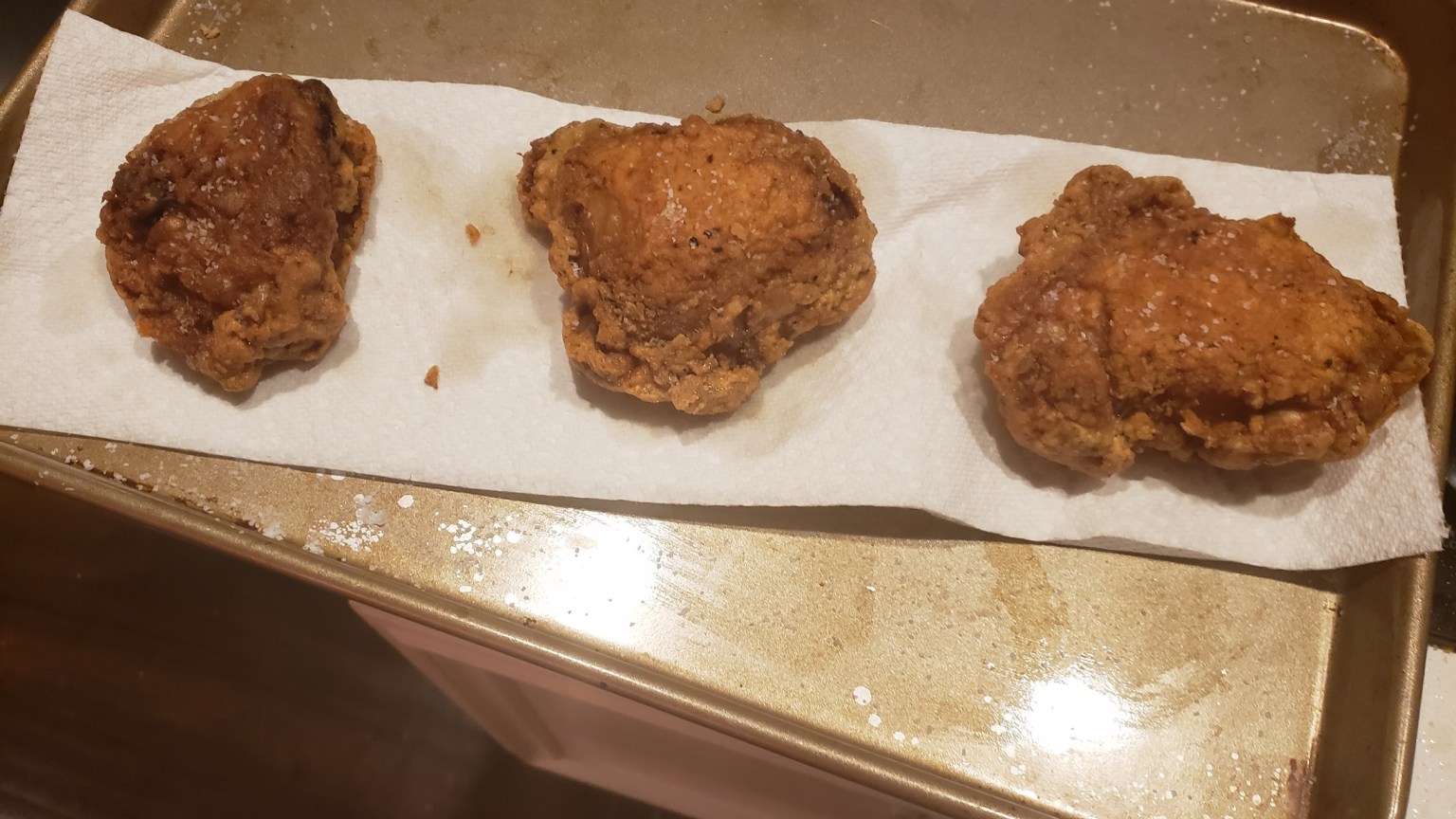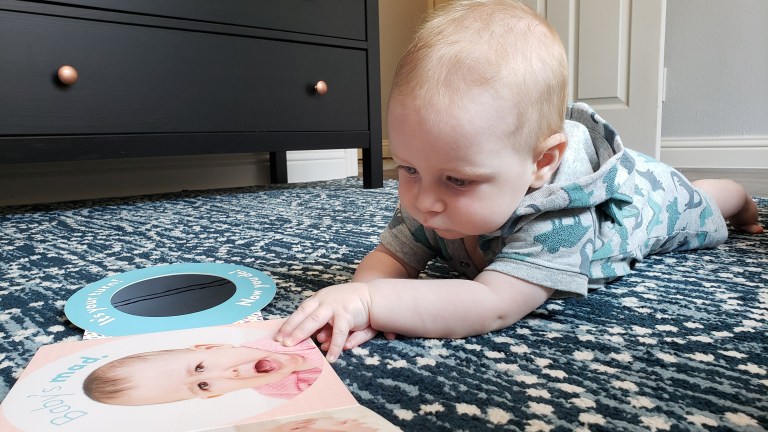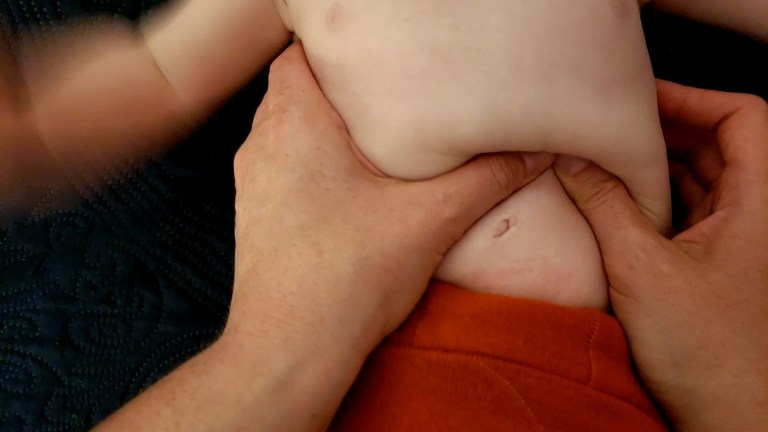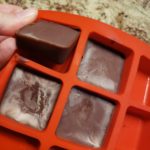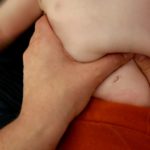What’s a reflex? Yes, the doctor banging a little hammer on the tendon of your knee is, in fact, a reflex. But it’s not the ONLY reflex that exists in our bodies. A reflex is basically your body’s quick and automatic response to a stimulus – you don’t need to think about it, it just happens.
- If you touch a hot stove – you quickly pull your hand away.
- If you walk into the sun – you automatically squint your eyes.
- When I see strawberries on sale at the grocery store – I quickly buy four (or six) pounds of them.
Maybe that last one isn’t quite a reflex (strawberries are my favorite food above all foods. A post on food and the GI system coming in the future!), but the other two are great examples of reflexes! These reflexes protect you from things that might injure your body, but you have other reflexes with other motivations too.
I can tell you about not one, but FOUR reflexes that stimulate bowel movements.
Why do we need to know about reflexes that stimulate bowel movements? In a body that has learned the habit of storing stool and staying constipated, these reflexes may be one of the best ways to stimulate BMs (bowel movements) and restart the process of normal functioning in the GI system. If we use every means, we know of to stimulate a BM, as well as providing the opportunity to go, as well as improving the mechanism for defecation, a constipated body will be given the best opportunity to successfully go. If all of these reflexes are used consistently and frequently, your child’s body will work to create a better habit of consistent and habitual stooling.
So, what are these magical reflexes?
- Eating. When we eat food, the brain receives that information and then stimulates the GI system to prepare for digestion and to move stool through the GI system. I think most kids will be able to easily complete this step. Check.
- Warm liquids. Think of honey in a straw – cold liquid will freeze the honey up. And think of how muscles react to cold environments – they tighten, lock up, and tense. Warm liquids through our GI system creates an environment that encourages food to soften and move through, as well as encouraging the muscles of our GI system to stay loose and functional. If your kiddo doesn’t like hot drinks, try watery warm oatmeal, warmed up juice, or a hot pack over their abdomen.
- Abdominal massage, abdominal stretching, or diaphragmatic breathing. All of these work to encourage the abdominal cavity to stay loose so that the intestines may work freely and participate in peristalsis as they should. In a constipated body, the abdominal cavity is inflamed, irritated, and tight – it doesn’t love that there is stool just sitting around, and in response to that, the abdomen attempts to protect itself from this waste that is overstaying its welcome. If the abdomen is too tight, peristalsis cannot occur. Your child should work to stay as relaxed as possible during abdominal massage – meaning they should not be the ones to complete it. Massage should be able to push through the abdominal musculature and stimulate the intestines – its deep. Deeper than you were probably expecting – but rubbing the skin superficially just won’t do what the massage is meant to.
- Appropriate toileting position. A slight squat while sitting on the toilet is the best way to sit to encourage defecation. (Check out the squatty potty!) However, it is also the position that best relaxes the pubis rectalis muscle. When this muscle relaxes, the brain is essentially told – “hey, we’re in a good position to go, now might be a great time to get some stuff out!” Five minutes of bouncing around, screaming, or wiggling is not what I mean. Your kiddo should stay relaxed in this mini-squat using a stool for about 15 minutes – this will allow the brain to recognize that they are in a good position, and to stimulate peristalsis. I like to recommend alternating between distraction techniques, and purposeful bearing down or bulging. One minute of pushing, and two minutes of their book (or iPad, or music, or what-have-you) – and continue this alternating technique for the full 15 minutes).
If any of these reflex loops occur, your body is being given a better opportunity to have a BM. If ALL of these occur at once, you are giving your child’s body the BEST opportunity to be successful. My recommendation: after step one (eating), you should be guiding your child through the other steps and sitting on the toilet in about 30 to 45 minutes after they are done eating. Combined with 15 minutes of good toileting position and evacuation mechanics, having a bowel movement becomes an achievable goal!
Which of these steps have you tried? Have you tried them all together? Reflexes, just like habits, may not be successful the first time. Build a routine, be encouraging, and praise for the small successes – even if a BM doesn’t happen, congratulate your child for successfully attempting all the steps.
Be well.
Related Posts



